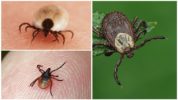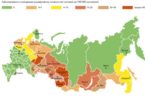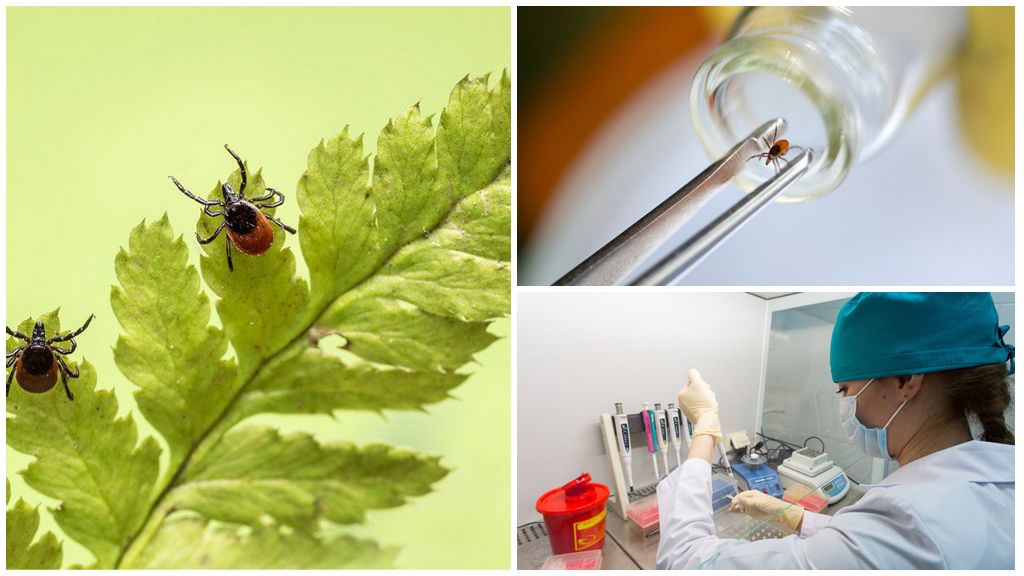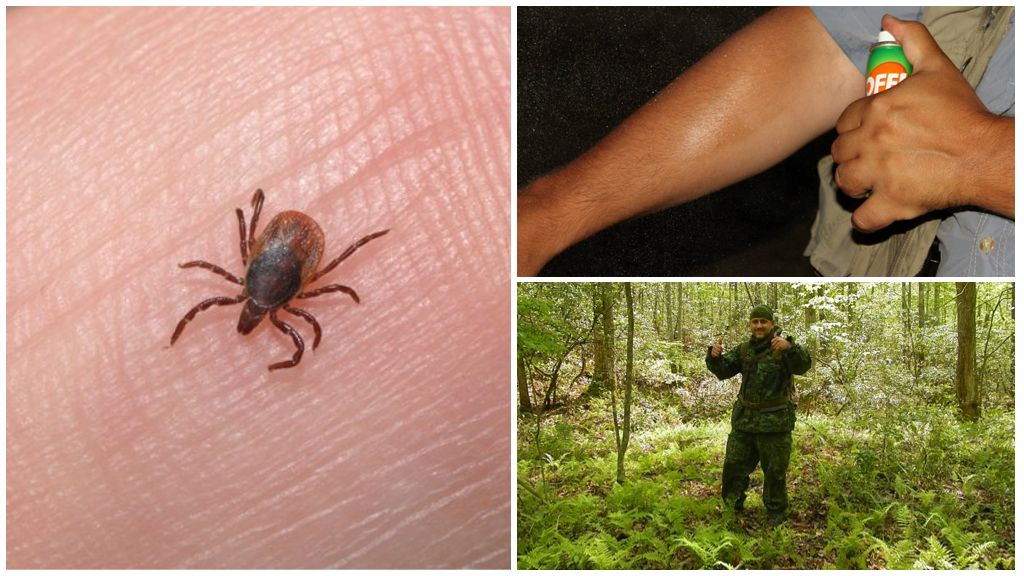- Encephalitis Mites
- Encephalitis Mites
- Encephalitis Tick Map
Not all ticks suffer a terrible disease - encephalitis. Dangerous are those individuals in whose blood there is a virus. Infection occurs during nutrition, when a tick bites a sick animal. Every year, the Ministry of Health of Russia updates information on where encephalitis ticks live. Residents of dangerous regions, guests should worry in advance about encephalitis prevention - get a vaccination.
Where does the encephalitis tick live?
In appearance, it is impossible to distinguish an encephalitis tick from a normal one. To find out if there is a virus in his blood, sent for examination to the lab. The spread of infection is ixodid ticks, especially european forest, taiga. In a hungry state, the size of the arachnid's body does not exceed 3 mm, with the abdomen feeding increases in size.
In the wild, the parasite lives in the grass, on the lower branches of shrubs. Prefers bright glades, but without direct sunlight. Natural habitat:
- spruce, birch, deciduous, mixed forest;
- City Park;
- untidy vegetation near the house;
- meadows;
- pastures.
It does not tolerate the parasite of coniferous forest, low grass - less than 7 cm in height, asphalt, rammed roads.
It feeds on blood, waits for the victim on the grass, on the lower branches of shrubs - up to 1.5 m. It is able to stay in a hungry state for several months. At the sight of a potential victim, it activates - it falls from branches to the back of an animal, clings to a person’s clothes, crawls out of grass.

On a note!
Borreliosis transmitted by bite through saliva, encephalitis through blood. If the wrong parasite extraction the head will come off, infected blood will fall into the wound of a person, followed by a disease.
Where encephalitis ticks are found
The habitat of ixodid ticks is estimated by the continents. They live almost all over the world, in all climatic zones. Quickly adapt to the most extreme conditions, are found even beyond the Arctic Circle. The largest number in tropical, subtropical forests with tall grass, high humidity.
In the temperate climate, arachnids live everywhere. In Russia, the habitat begins with taiga and ends with semi-deserts. Regions are endemic for tick-borne encephalitis - Karelia, the Far East, the North-West District, the Volga Region, most of the regions of the Central District. The map of the spread of tick-borne encephalitis is updated annually, but in the above areas, the danger of an epidemic always remains at a high level.
Important!
Parasites appear in early May, disappear in late October, when there is a persistent decrease in temperature indicators. Extremely active in dry humid climates - prolonged in the spring, rainy summers, warm autumn. They are not found in sultry summers when the temperature rises above 30 degrees Celsius. Optimum climatic conditions - temperature 15-25 degrees Celsius, high humidity.
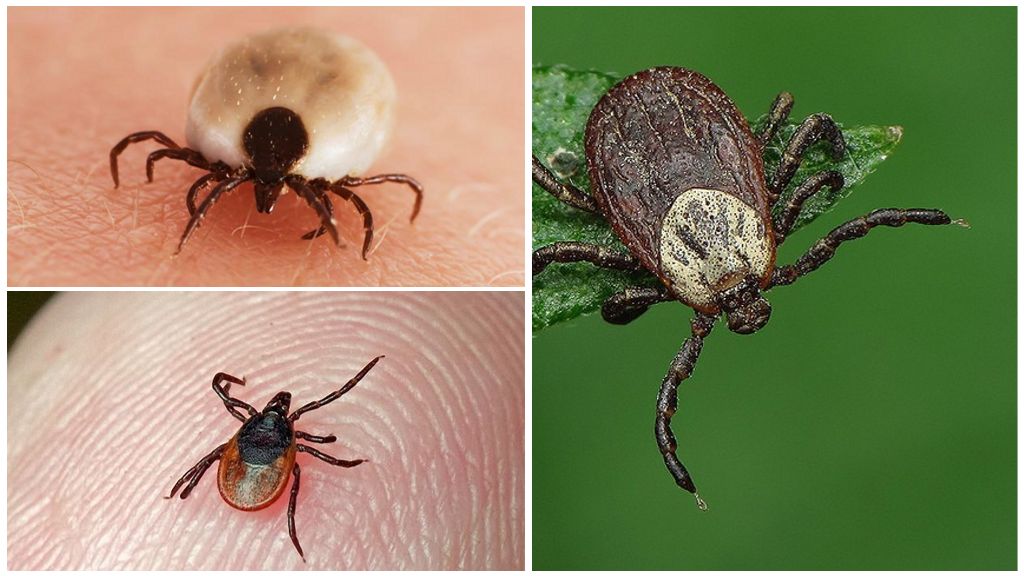
Tick distribution map in Russia
The threat of the disease exists in all areas of the country where there are ixodid ticks. After arachnid bite It is recommended to go to the clinic, check the parasite in the laboratory. In areas with a constant risk of an epidemic, local populations are vaccinated to prevent encephalitis and borreliosis.
Ticks not in:
- Belgorod region;
- Bryansk;
- Voronezh;
- Vladimir;
- Kursk;
- Kaluga;
- Lipetsk;
- Oryol;
- Smolensk;
- Ryazan;
- Tambov;
- Tula;
- Murmansk;
- Magadan;
- Penza;
- Saratov.
There is no threat of an epidemic in:
- Moscow;
- Nenets Autonomous Okrug;
- Chukotka Autonomous Okrug;
- Yakutia
- Kamchatka Territory;
- Chuvash Republic;
- Mordovia;
- Southern, North Caucasian Federal District.
All other territorial units are epidemic. A map of encephalitis ticks is presented below.
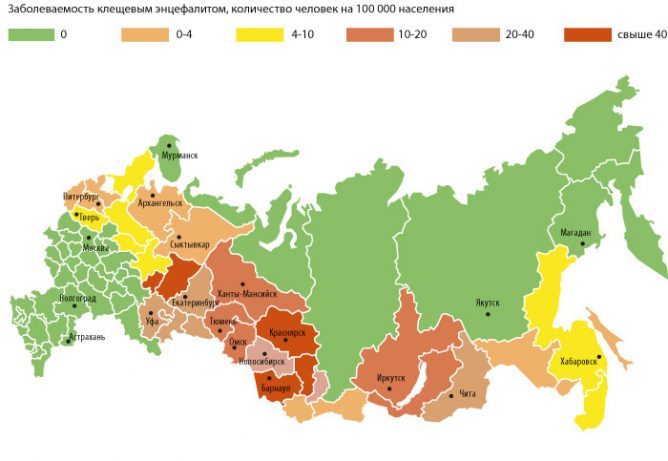
The most dangerous are:
- Tver region;
- Yaroslavskaya;
- Arkhangelsk;
- Vologda;
- Kaliningrad;
- Leningradskaya;
- Republic of Karelia;
- Novgorod;
- Pskov;
- Kirovskaya;
- Nizhny Novgorod;
- Kurgan;
- Sverdlovskaya;
- Tyumen;
- Chelyabinsk;
- Irkutsk;
- Novosibirsk;
- Kemerovo;
- Tomsk;
- Omsk;
- Perm region;
- Republic of Bashkortostan;
- Tatarstan
- Samara Region;
- Sakhalin;
- Udmurt republic;
- Altai region;
- Buryatia;
- Krasnodar region;
- Transbaikal region;
- Seaside;
- Khabarovsky.
Incubation period lasts from 14 days to 3 months, depending on the strength of the immune system. The first symptoms resemble flu. High fever, muscle aches, nausea, vomiting, sore throat, fever. A painful condition disappears after 5 days, but recovery does not occur. After some time, the condition worsens again, the virus affects the liver, brain, spinal cord.
Important!
Without qualified help, a person can lose his mind, become disabled, die. There are no effective drugs for encephalitis, but timely therapy immunoglobulin does not allow the progression of the disease. Strong immunity is able to defeat the disease completely.
The main preventive method is vaccination, as well as compliance with the basic rules of being in the wild - tight clothing, a hat, repellentsbody inspection every 2 hours. Upon returning home, all things need to be washed, take a shower.

